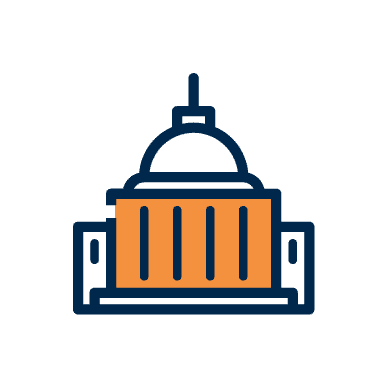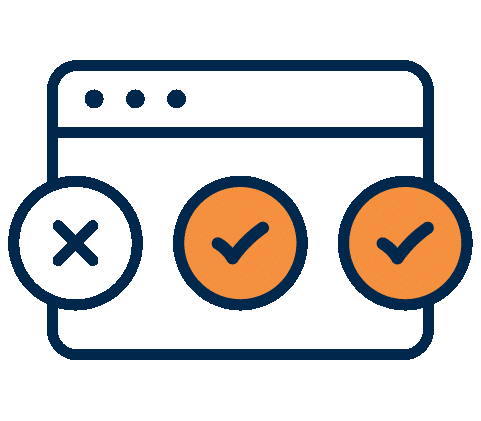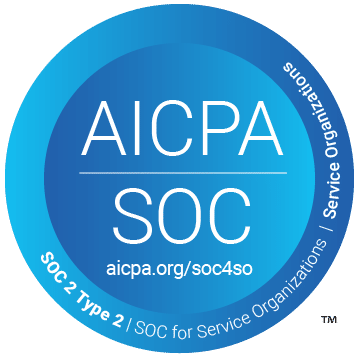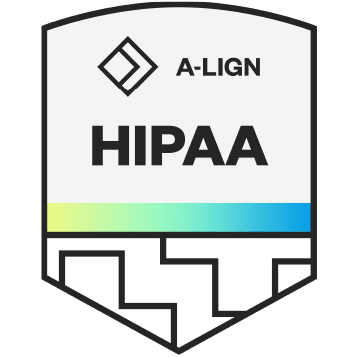A Brief History of the NPI and NPPES
As defined by the Centers for Medicare and Medicaid Services (CMS), the National Provider Identifier (NPI) is a unique 10-digit, intelligence-free identification number for covered health care providers and entities. This standard for uniform provider identification was adopted in accordance with the Health Insurance Portability and Accountability Act of 1996 (HIPAA). It took 10 years, until October 2006, for CMS to begin issuing NPIs. Effective May 23, 2007, all “covered entities” as defined under HIPAA were required to use NPIs as their national provider identifier on standardized HIPAA electronic transactions.
It had long been recognized that a national standard for provider identification was needed. However, with the enactment of HIPAA’s key electronic transactions, standardization of provider identifiers became an imperative. The adoption of the NPI as the nationally recognized and required provider identifier resulted in the retirement of multiple other legacy provider identifiers and created a process to capture current provider data nationwide in one searchable repository.
NPI issuance is managed through the NPPES, the National Plan and Provider Enumeration System (NPPES) which is the registry system created by CMS. To obtain an NPI, health care providers must register and apply through the NPPES. The NPI registry is maintained as part of NPPES and is publicly available. Registration with NPPES is a requirement in addition to, and not in lieu of, the provider credentialing required to participate in health plans such as Medicare, Medicaid and commercial health plans.
Provider Types
There are two types of NPIs for typical providers:
- Type 1: For the individual practitioner such as physicians, mid-level providers, dentists and sole proprietors.
- Type 2: For health care entities and organizations such as physician groups, hospitals, nursing and corporations.
“Atypical providers” do not qualify to receive an NPI through NPPES. There is no definition of “atypical provider” in the final HIPAA rule. However, it has been interpreted by CMS as providers that do not provide health care but offer services reimbursable under a health insurance plan. Non-emergent transport services, personal care services and respite services are examples of atypical provider services regularly covered by Medicaid programs. As atypical providers cannot obtain NPIs, their electronic transactions must use an alternate provider identifier such as a legacy provider identifier or by a combination of other identifiers such as SSN, EIN, TIN, or a state-assigned Medicaid identifier.]
For more general information about NPIs and the NPPES, please refer to an earlier article posted by Streamline Verify.
Expanded Use of the NPPES to Improve Provider Directory Accuracy
In addition to the original purpose of establishing the NPPES, CMS is now recommending its use to address the industry-wide problem of data accuracy in provider directories.
Beginning in February 2016, CMS undertook a massive study that reviewed the accuracy of the information in Medicare Advantage plans’ online provider directories. Starting in 2016, CMS embarked upon a multi-year 3-part review of health plan provider directories to assess directory accuracy. 170 Medicare Advantage plans with a total of 18,275 contracted providers were reviewed. The outcomes consistently indicated significant deficiencies related to the accuracy of provider information. For example, of the 5,602 providers in the third review round, 50.14% (2,809) of providers had at least one deficiency. Of the 10,504 locations reviewed, 48.74% (5,120) of the locations had at least one deficiency.
CMS issued a memo on January 3, 2020 that offered Medicare Advantage plans some assistance with directory accuracy and reliability. CMS announced that the National Plan and Provider Enumeration System (NPPES) would allow providers to certify their National Provider Identifier (NPI) data. CMS encouraged plans to work with their contracted providers to review and update their NPI data and to certify its accuracy so that plans could rely upon NPPES as a primary source to assure directory accuracy. The use of NPPES by Medicare Advantage plans as the primary source of provider data is voluntary, but CMS suggested that plans and providers may wish to modify contracts to require regular reviews, updates, and attestations of the NPPES data.
CMS also released an FAQ which specifically addressed why the NPPES should be used as a primary source to correct directory deficiencies: NPPES provides core directory data elements (provider name, provider specialty, provider address, provider telephone number) for virtually every provider in the country. Collectively, these data elements represent 91% of the CMS provider directory review errors found.
This move by CMS both improves the reliability of the data maintained in the NPPES and increases the importance of the NPI registry as a tool to improve:
(a) Medicare beneficiary access to accurate provider contact information; and
(b) plan compliance with CMS provider directory data requirements.
Conclusion
NPPES data certification and accuracy also benefits Medicaid plans, commercial plans, states and others who regularly rely on the NPI data as a supplemental screening tool. Using the NPPES in conjunction with the OIG LEIE and the GSA-SAM databases greatly enhances the accuracy of the screening process. Why? Because if a provider’s information is accurate, screening against the LEIE is relatively easy. However, if a single identifier is incorrect, the LEIE search will not identify excluded parties. A clerical error in data entry, use of a maiden name or a misplaced hyphen can result in not identifying individuals excluded from Medicare and Medicaid programs. Using an NPI is far less subject to error than entering people’s names and so on, where a misspelled name in the record, for example, could lead to a false negative for someone who really has been excluded – or, for that matter, a false potential match, for someone who has not.
The NPPES is a valuable tool to verify a potential match found through screening against the OIG LEIE and the GSA SAM databases. Used in conjunction with these other federal lists, checking by NPI in the NPPES can result in improved screening outcomes. NPPES screening is useful primarily as a seconding resource because the LEIE exclusion records do not consistently capture NPIs. Based on our calculations, only 7.8% of LEIE exclusion records contain NPI numbers. While there are 17, 837 such records that do include an NPI that can be searched, 228, 717 exclusion records do not capture NPIs. There are also instances where providers appear to have multiple NPIs captured in the LEIE which may indicate multiple branches or locations of a provider. Notwithstanding these factors, NPPES remains a solid source that can be relied for verification.
Streamline Verify is able to run a client’s list of NPIs against the LEIE and all exclusion databases and deliver in seconds any matching NPIs which clients can be assured are accurate. NPPES is a useful source of data for Streamline Verify to cross-reference against the primary federal lists.



































